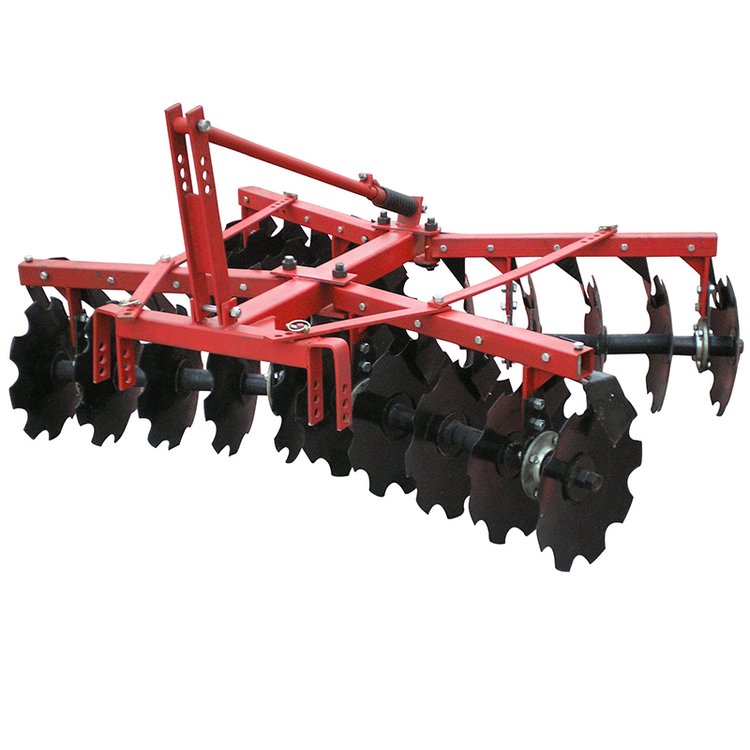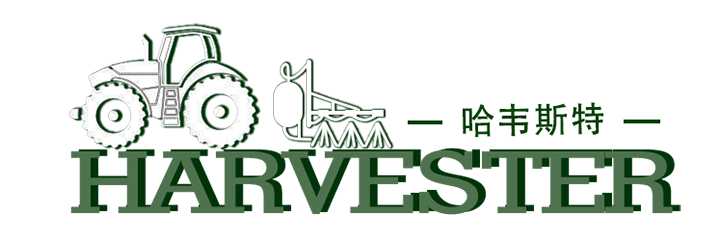What are the environmental impacts of using a Disc Harrow in farming?
2024-09-04
Disc Harrow is an essential farming equipment that cultivates the soil and prepares it for planting by cutting, breaking, and mixing organic materials. It is an essential tool for farmers worldwide, and it has been in use for centuries. The Disc Harrow consists of a series of concave discs arranged in two or more sections, which is usually pulled by a tractor or horse. The discs rotate and till the soil, which helps to break the clumps of dirt and aerate the soil.

What are the environmental impacts of using a Disc Harrow in farming?
The Disc Harrow has both positive and negative impacts on the environment. On the positive side, the Disc Harrow can help to reduce soil erosion, which is a significant problem in many parts of the world. It can also help to conserve moisture in the soil, which is essential for plant growth. Additionally, the Disc Harrow can mix organic materials into the soil, which can help to improve its fertility and structure.
On the negative side, the Disc Harrow can cause soil compaction, which can reduce water infiltration and retention in the soil. It can also lead to the loss of soil organic matter, which is essential for soil fertility. Moreover, the use of Disc Harrow can contribute to carbon emissions, which can be harmful to the environment.
Are there any measures to minimize the negative impacts of Disc Harrow?
Yes, there are several measures that farmers can take to minimize the negative impacts of Disc Harrow. Firstly, farmers can reduce the number of passes needed to till the soil. Secondly, farmers can limit the use of Disc Harrow to areas where it is absolutely necessary. Thirdly, farmers can use conservation tillage techniques, such as no-till or reduced-till farming, which can help to conserve soil moisture and organic matter. Lastly, farmers can adopt precision agriculture techniques, such as GPS-guided tractors and automatic depth control, which can reduce fuel consumption and carbon emissions.
In conclusion, the Disc Harrow is an essential farming tool worldwide, but it has both positive and negative impacts on the environment. Farmers can take measures to minimize the negative impacts by adopting conservation tillage and precision agriculture techniques.
Baoding Harvester Import And Export Trading Co., Ltd is a leading supplier of agricultural machinery, including Disc Harrows, cultivators, and ploughs. We are committed to providing our customers with high-quality equipment and excellent service. To learn more about our products, please contact us at Catherine@harvestermachinery.com.
References:
1. Reicosky, D. C., & Lindstrom, M. J. (1993). Tillage-induced soil carbon dioxide emission: effect of C input, soil pH, and cultivation. Soil Science Society of America Journal, 57(4), 1115-1120.
2. Blanco-Canqui, H., & Lal, R. (2009). Crop residue removal impacts on soil productivity and environmental quality. Critical Reviews in Plant Sciences, 28(3), 139-163.
3. Borselli, L., & Torri, D. (2003). Soil physical degradation due to tillage as studied by soil resilience indicators. Soil and Tillage Research, 72(2), 109-118.
4. Sidiras, N., & Larson, W. (1994). Fuel consumption and emissions from agricultural tractors. Applied Engineering in Agriculture, 10(2), 179-184.
5. Tebrügge, F., & Thumm, U. (2012). Measuring soil moisture and nitrogen status with a combined tillage tool and injection device. Soil and Tillage Research, 124, 10-16.
6. Vasilakoglou, I. B., Dhima, K. V., Paschalidis, K. A., & Gatsis, T. D. (2010). Effects of tillage system and glyphosate application on the weed flora of pea fields in northern Greece. Crop Protection, 29(5), 454-459.
7. Wijewardana, C., & Karunaratne, G. (2005). Soil tillage effects on soil properties, root growth and grain yield of maize (Zea mays L.) in a tropical Alfisol. Soil and Tillage Research, 84(1), 92-101.
8. Bilotta, G. S., & Brazier, R. E. (2008). Understanding the influence of suspended solids on water quality and aquatic biota. Water Research, 42(12), 2849-2861.
9. Hobbs, P. R., Sayre, K., & Gupta, R. (2008). The role of conservation agriculture in sustainable agriculture. Philosophical Transactions of the Royal Society B: Biological Sciences, 363(1491), 543-555.
10. Troeh, F. R., Hobbs, J. A., & Donahue, R. L. (2004). Soil and water conservation for productivity and environmental protection (No. 63.3 T84 2004). Pearson.




